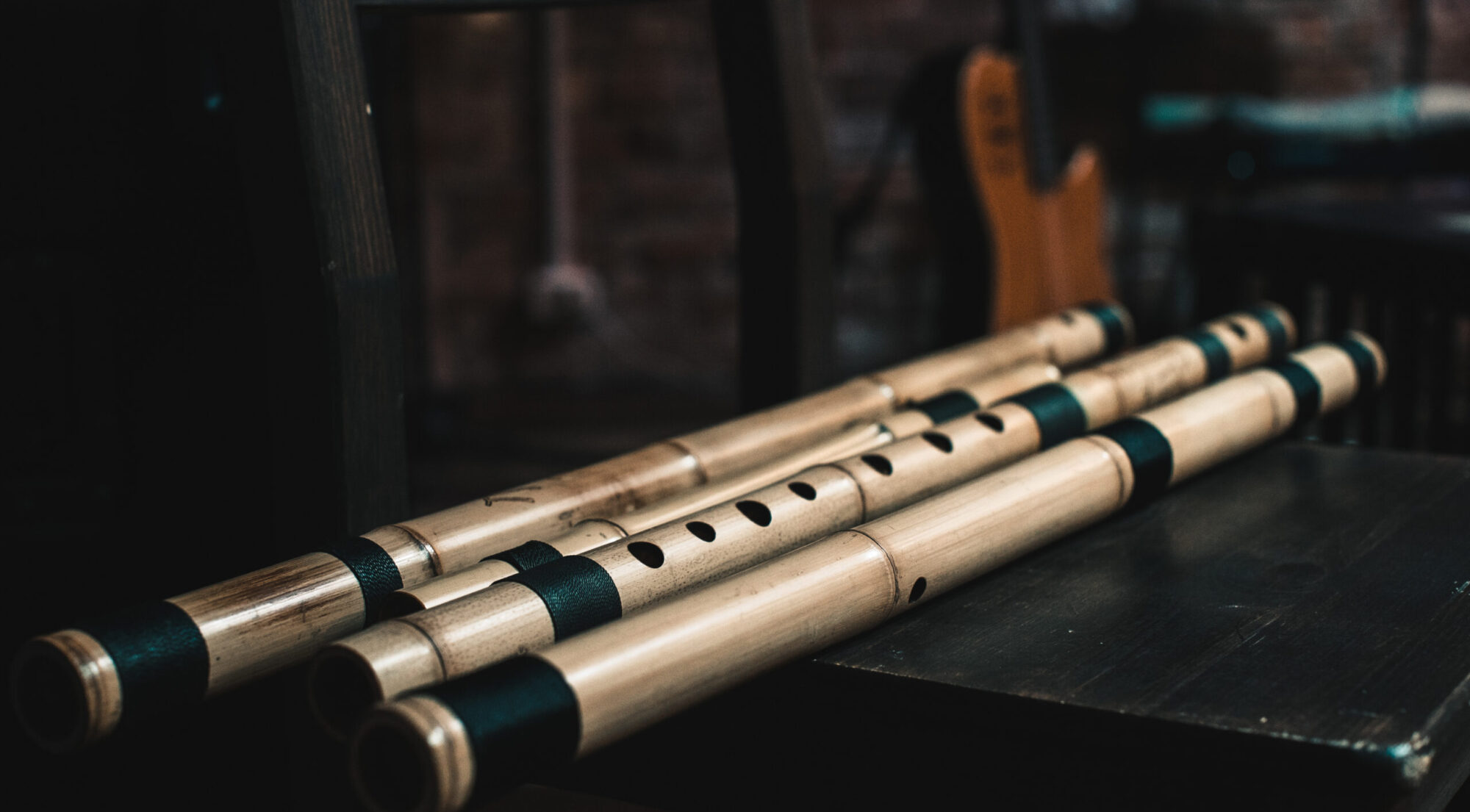An authentic Indian flute made of special Indian reed. Thanks to its thin walls and soft material it creates the “right” Indian sound and tone like that of Hariprasad Chaurasia’s or other Gurujis’s music. I create bansuri that produces two full octaves of pure joy and perfect tuning.
Here’s a small pitch guide:
- Hi-C – A cool, fun bansuri for fast melodies. It’s the smallest one in the list, so you definitely won’t have a problem with it in terms of fingers length.
- A – Indian standard flute for beginners. It’s neither big nor small. The sharps and flats of this scale remind of the classic Indian E.
- G – If you’ve got small hands, but you want the sound to be lower, check out this one.
- F – It’s pitched like the common European flute, but is a bansuri. Isn’t that awesome?
- E – This is the most common flute in Indian music. About 90% of players play on this flute.
- Bass-D – This one is not for beginners. However, if you master playing it, it is a lot of fun.
Apparently to confuse everyone, Indians call the flute’s key by its “middle” note (with the first three holes closed). To avoid even more confusion, I provide here this very sort of naming. But I also specify a lower note for each flute in the description.
Tuning
The bansuris that I create come in 2 forms, 440 Hz or 432 Hz. 440 is the most common tuning. Everybody in the world is tuning to 440 hertz. As for me, the form of 432 Hz is a way to make money off of spiritual seekers. But I don’t mind making one for you. By the way, I can adjust the flute to absolutely any system and frequency for an extra fee, if needed.
The color of the winding threads. If you want to choose more than one, let me know.
Ergonomic or in-line grip
The size of a hand and the length of fingers vary from person to person and not all the flutes suit every customer. So, I give options in terms of how the holes are placed. Usually, the holes of a bansuri are lined up in one line . But for larger flutes, it may be better to shift the lower and the fourth hole, counting from the end of the flute to the side. For example, it’s not that easy for me to play bass-D without such shifting. Note that if you are left-handed (left hand at the bottom) choose left ergonomic grip; the in-line grip is symmetrical.
Size
When you choose a flute, it’s very important not to buy a flute too big. People of all genders, and especially ones with small hands, please be aware of your hands-size-related limits! Most people like low-sounding flutes but big flutes require well stretched fingers and they have big holes which are not easily covered by small fingertips. Unfortunately, there is no way to make a small flute sound low and deep.

